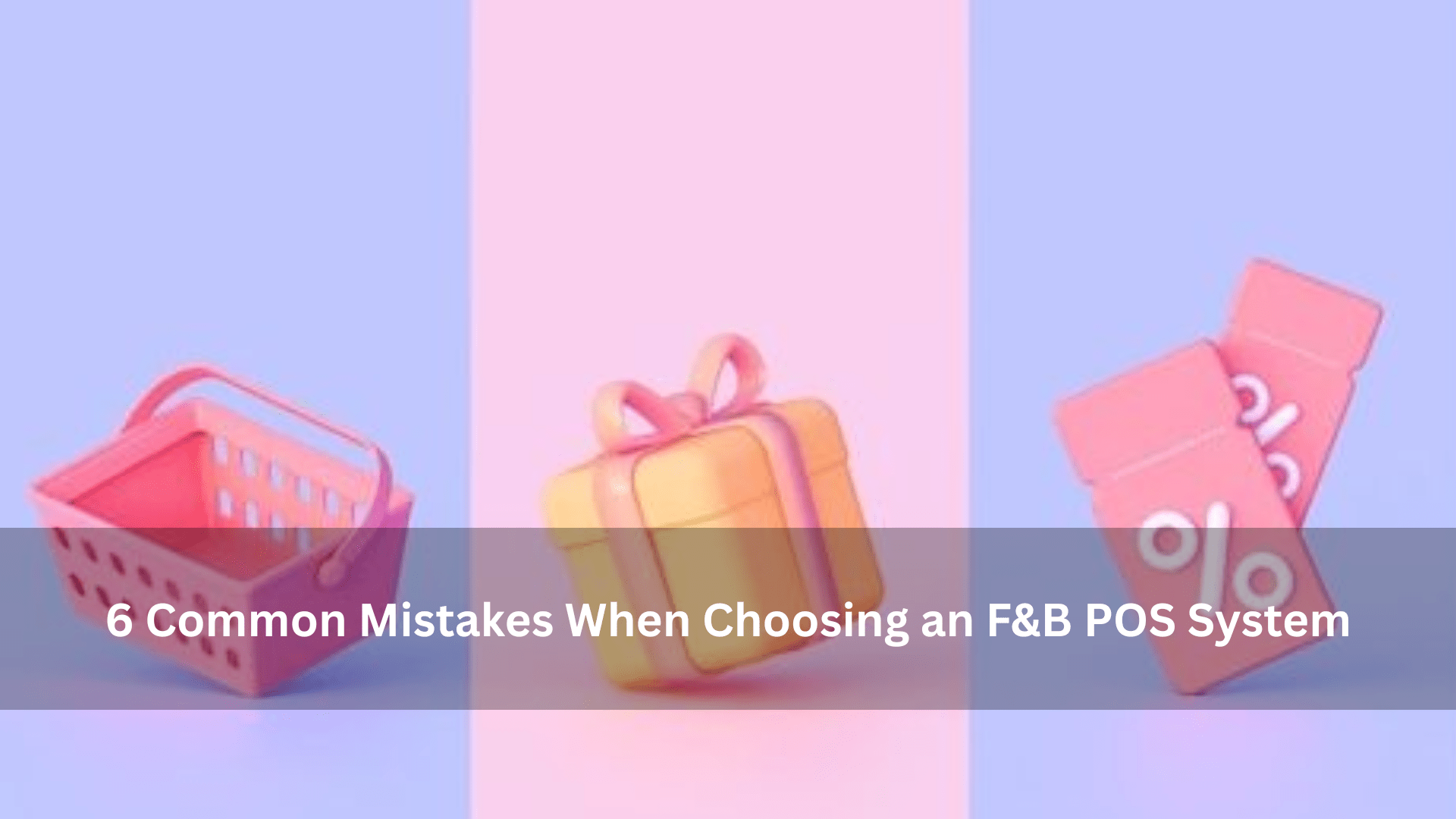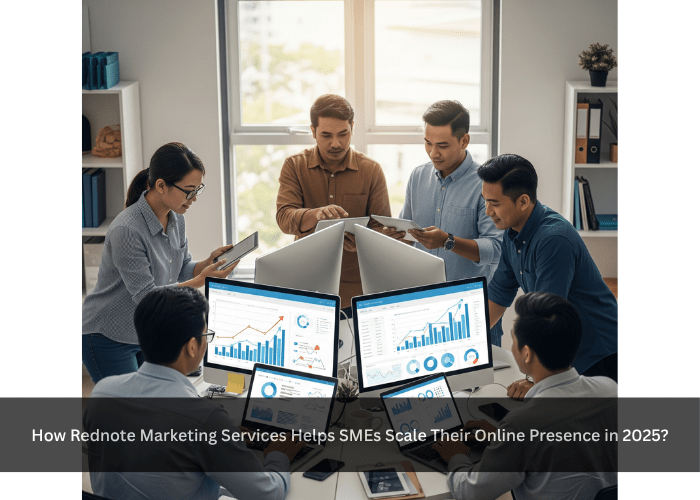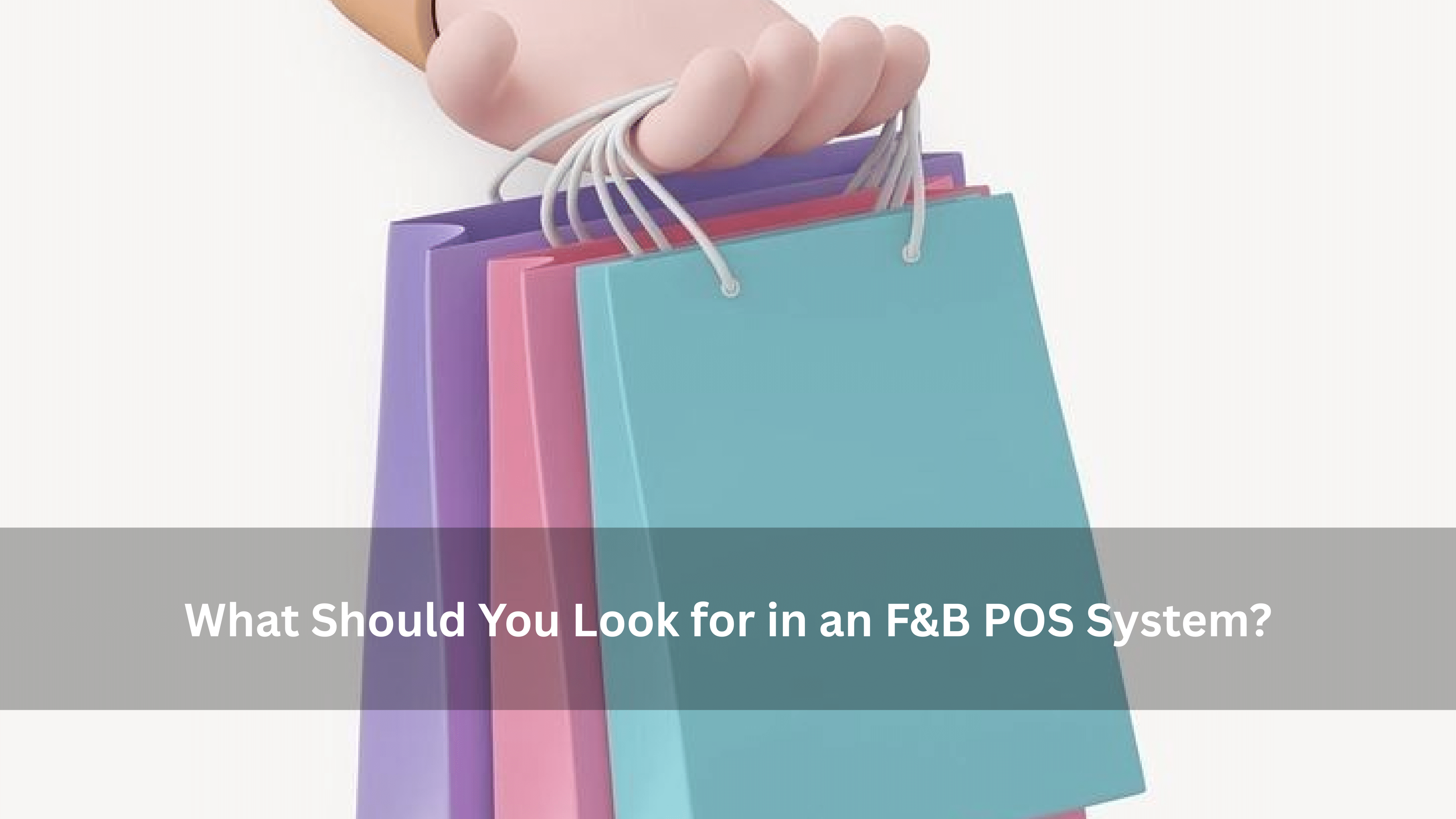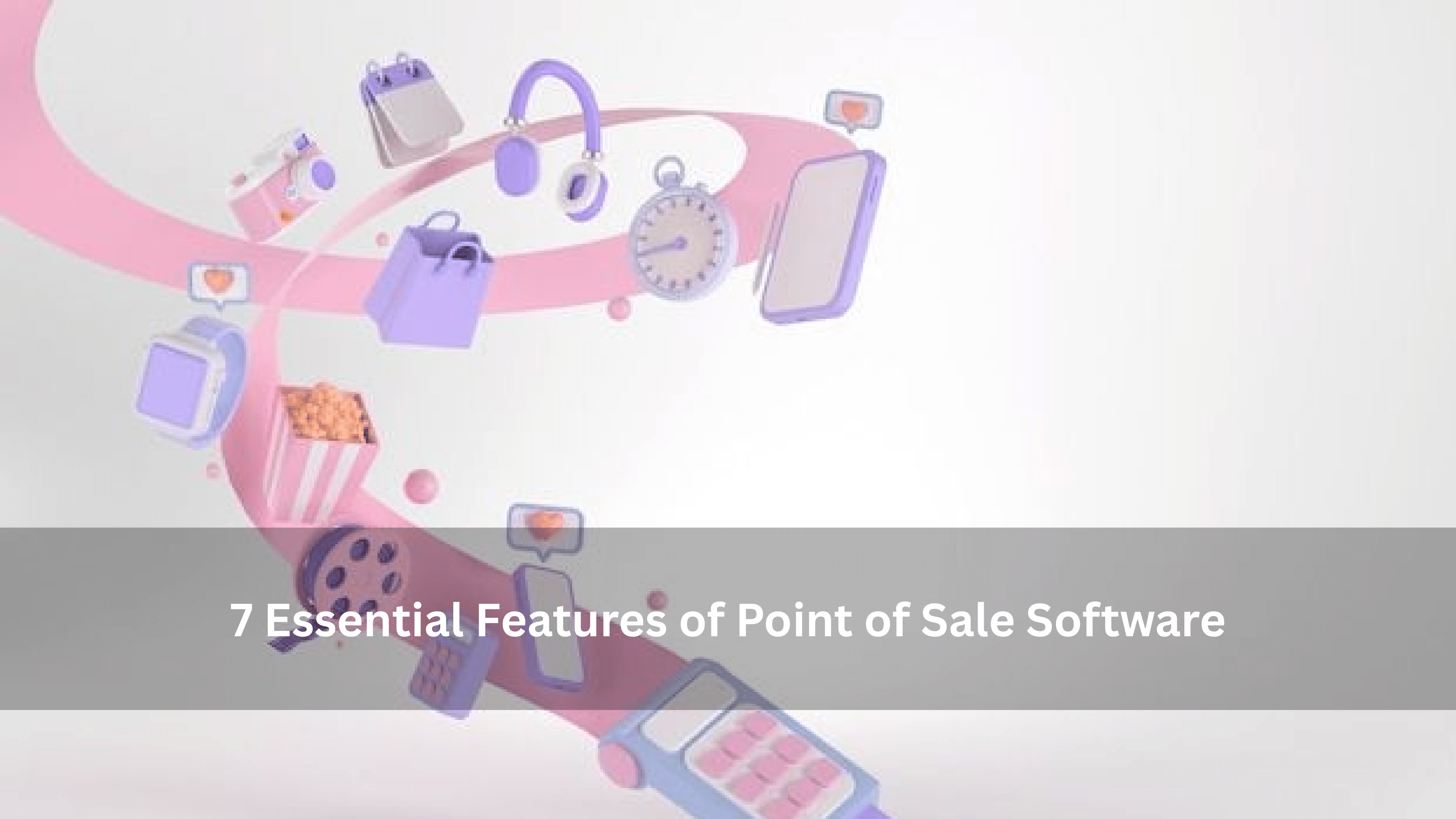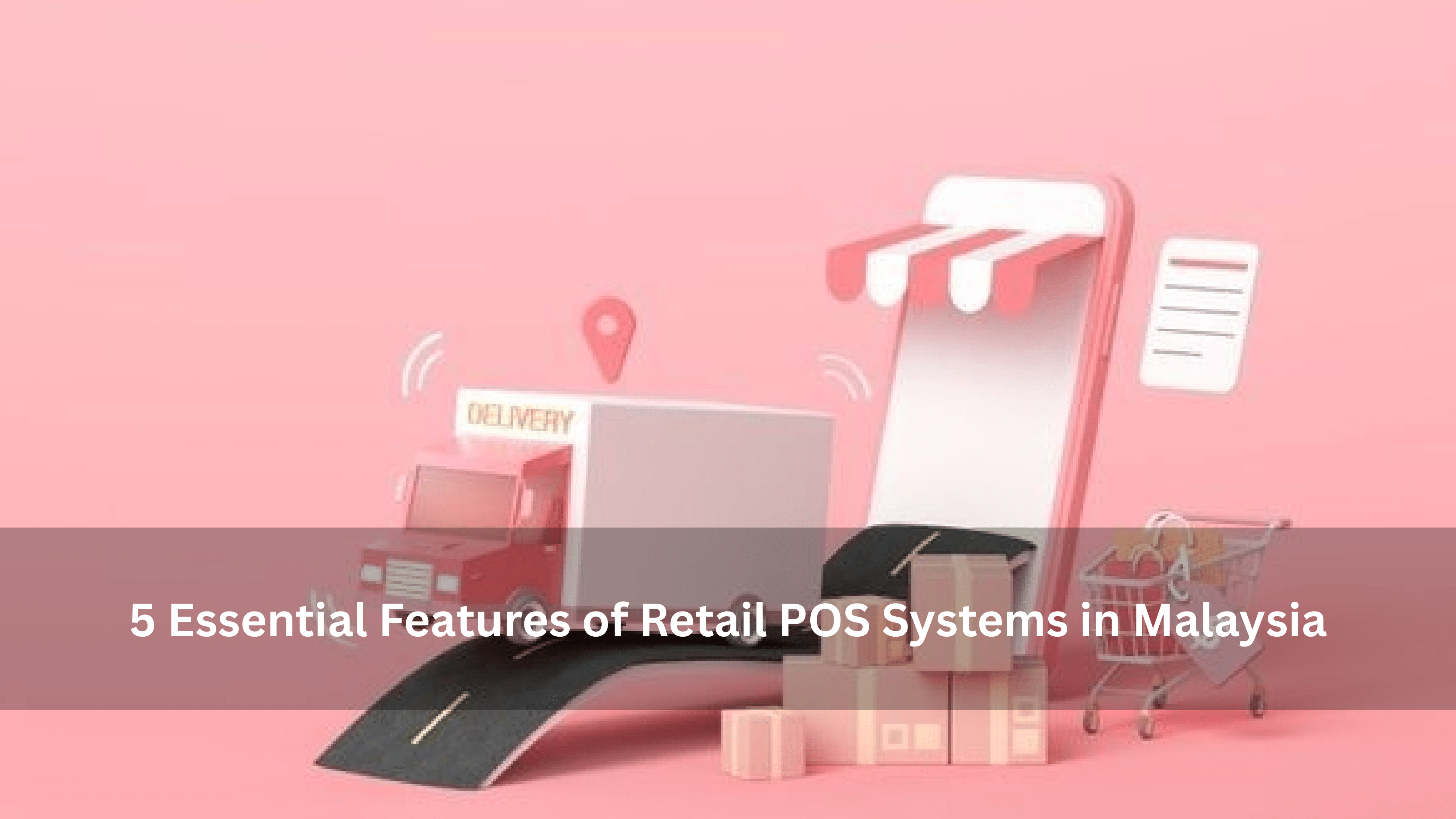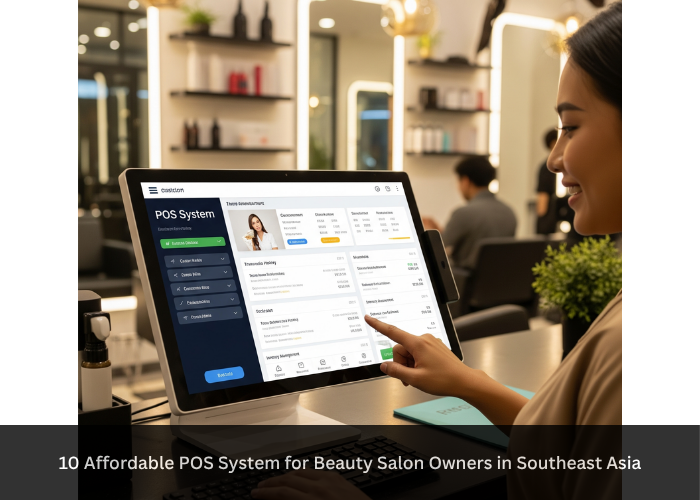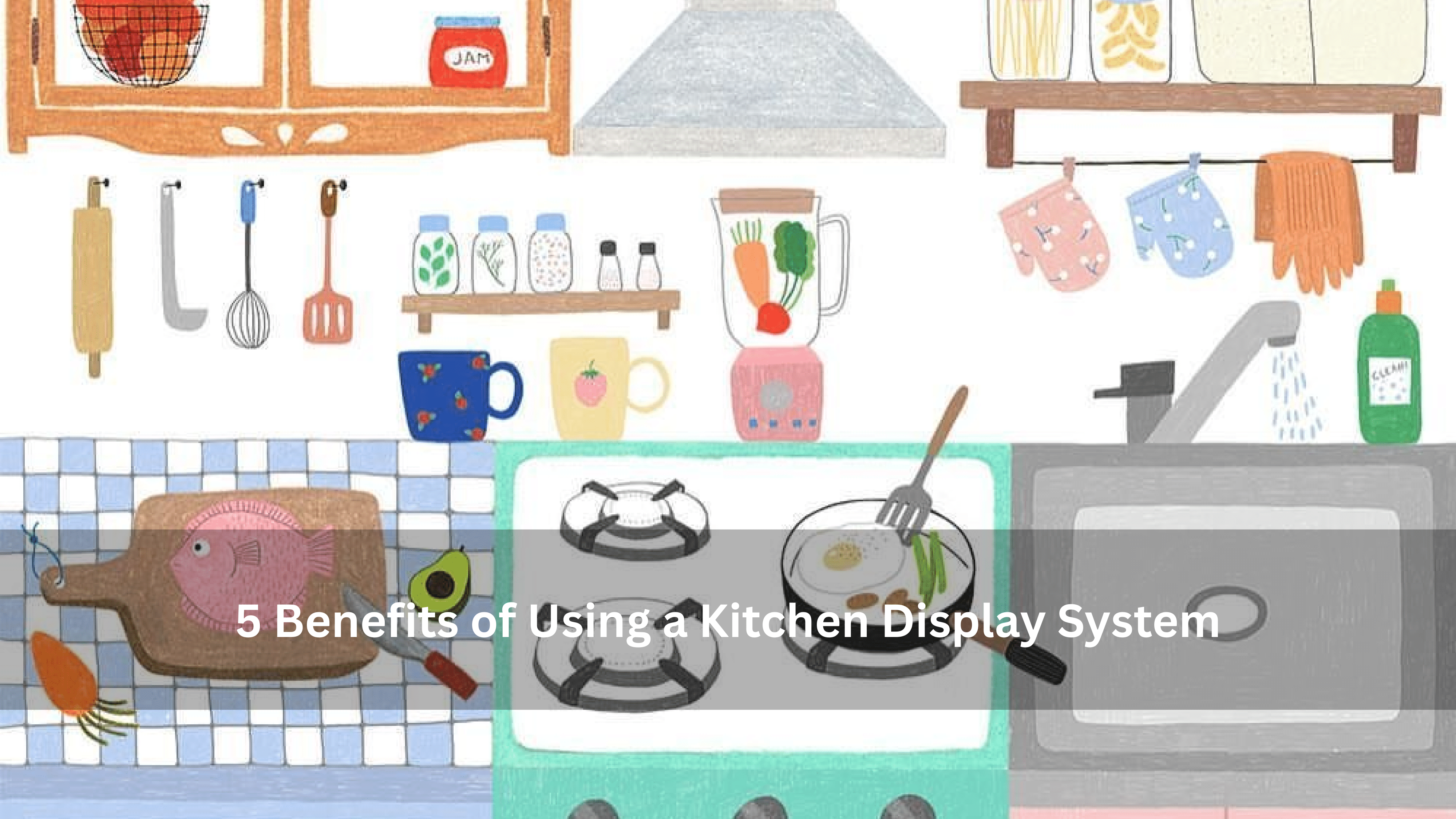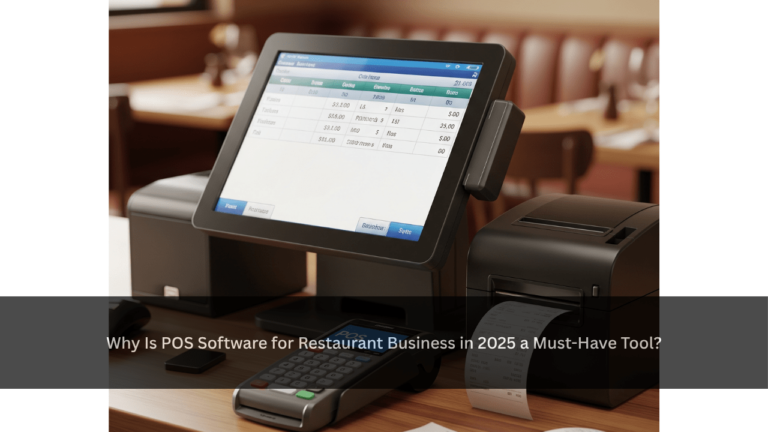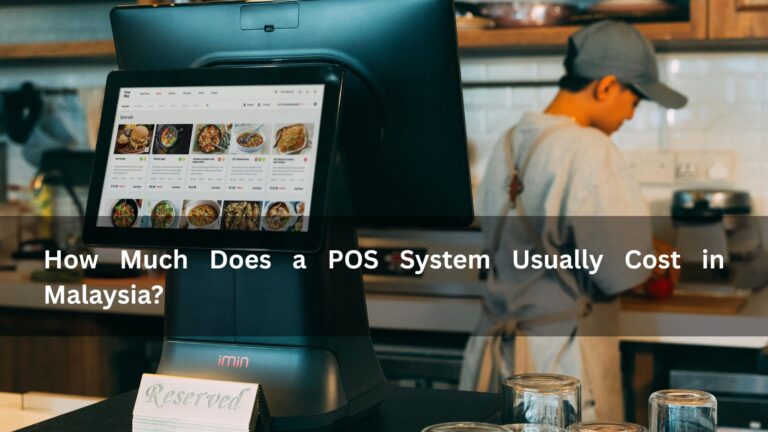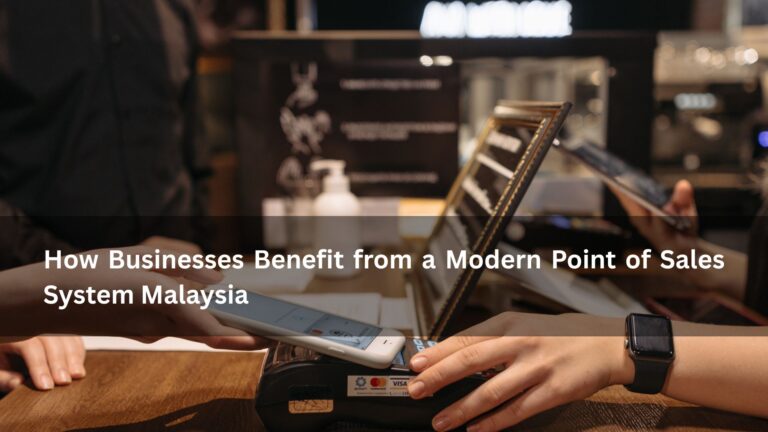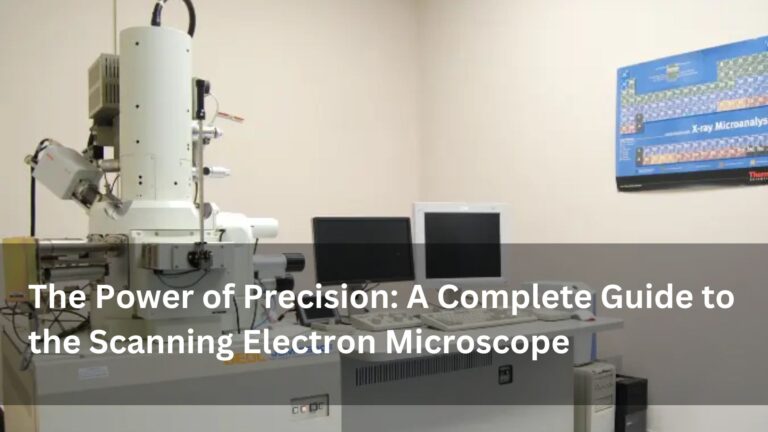Investing in an F&B POS system in Malaysia is one of the most critical decisions for any restaurant, café, food truck, or cloud kitchen. Beyond processing payments, a well-designed POS system enhances order accuracy, manages inventory, improves staff performance, and boosts customer satisfaction.
Unfortunately, many business owners make common but costly errors when selecting their system. Here’s an in-depth guide to the six most common mistakes to avoid when choosing an F&B POS system in Malaysia—plus a bonus tip.
Ignoring Industry-Specific Features in an F&B POS System in Malaysia
One of the biggest mistakes restaurant owners make is selecting a generic POS system that lacks features tailored to F&B operations.
Why This Matters
F&B businesses need tools like real-time kitchen syncing, split billing, and customizable menus
Unlike retail POS, a restaurant POS should support kitchen display systems (KDS), online delivery integration, and table reservations
Smart Solution
Choose a dedicated F&B POS system in Malaysia designed for your business type—be it dine-in, quick service, food truck, or cloud kitchen. Look for solutions that integrate well with kitchen display systems and reservation tools.
Not Considering the Scalability of Your F&B POS System in Malaysia
Many businesses pick systems based only on current needs, ignoring future expansion.
Why This Matters
You might open new outlets or add services like self-order kiosks or online ordering
Entry-level systems may lack support for multi-branch operations or complex reporting
Smart Solution
Choose a cloud-based F&B POS system in Malaysia with scalability features like multi-outlet dashboards, add-on modules (e.g., loyalty programs, advanced reporting), and centralized inventory control.
Overlooking Integration with Kitchen Display Systems and Accounting Tools
A siloed POS setup is inefficient and outdated.
Why This Matters
Without integration, you face manual data entry, errors, and delays
Real-time kitchen updates and automated accounting reduce admin workload and improve accuracy
Smart Solution
Ensure your F&B POS system in Malaysia supports integrations with:
Kitchen Display Systems (KDS) for seamless order routing
Accounting software like Xero or QuickBooks
CRM and loyalty tools to improve customer retention
Choosing an F&B POS System in Malaysia Based Solely on Price
Cheaper isn’t always better. A low-cost POS system might save you money initially but cost more in the long run.
Why This Matters
Budget systems often lack features like real-time analytics, inventory tracking, or offline mode
Limited customer support can result in major disruptions during peak service hours
Smart Solution
Consider total cost of ownership. Evaluate:
Ongoing support and maintenance
System uptime and reliability
Cost of future upgrades or add-ons
An affordable but value-rich F&B POS system in Malaysia will offer more ROI over time.
Underestimating the Importance of Support and Training
Even the most advanced system is useless if your team can’t use it properly.
Why This Matters
A lack of onboarding leads to staff confusion, longer order times, and service delays
Without local support, resolving issues during peak hours becomes a nightmare
Smart Solution
Look for vendors offering:
24/7 Malaysian-based support
Onboarding assistance and user training
Regular software updates and webinars
Before signing, ask for local references or case studies of F&B businesses using the same system.
Skipping the Demo Phase of an F&B POS System in Malaysia
Rushing into a purchase without testing the system first is risky.
Why This Matters
The user interface may not suit your workflow
It might not integrate well with your kitchen display or inventory system
Smart Solution
Always request:
A live demo or free trial
Hands-on access for your kitchen, cashier, and wait staff
Testing of integrations with your KDS, printers, or tablets
This ensures the POS system fits seamlessly into your operations.
Bonus Tip: Don’t Overlook Hardware Compatibility
Many restaurants forget to check if the POS software works with their existing devices.
Smart Solution
Confirm support for your receipt printers, tablets, and kitchen monitors
Consider all-in-one providers in Malaysia that offer both software and pre-configured hardware packages
This avoids technical headaches later and ensures smoother implementation.
Final Thoughts: Make the Right Choice for Your F&B POS System in Malaysia
Avoiding these common pitfalls will help you choose a POS solution that supports your goals, enhances operations, and improves profitability.
Here’s a quick recap of what to prioritize
Choose an F&B-specific system, not a generic one
Ensure scalability for multi-outlet and delivery needs
Integrate with KDS, CRM, and accounting tools
Balance cost with features and support
Ask for local training and 24/7 assistance
Always test the system before committing
Verify hardware compatibility upfront
By selecting the right F&B POS system in Malaysia, you set your food business up for long-term success in a competitive market.

